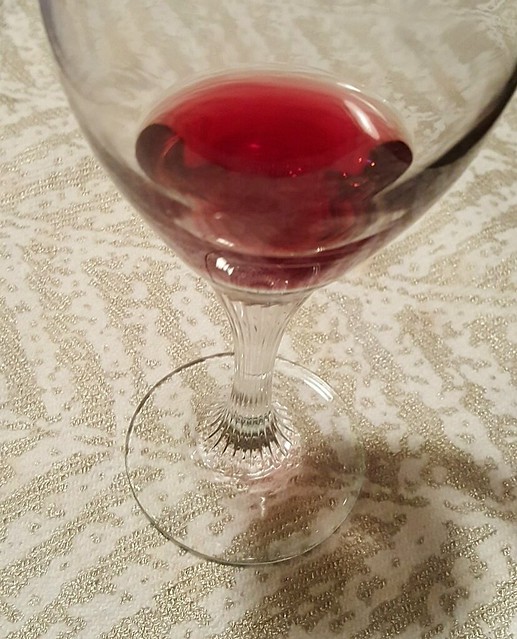berrycrush
Senior Member
- Joined
- Jul 17, 2013
- Messages
- 560
- Reaction score
- 119
Taking my first tasting sample of my 2015 CA Cab+Merlot blend, I was surprised to see how light the color is, I swear it wasn't this light when I pressed it. I noticed the color bleach effect of MLF before, but this time it really went over board. It tastes so yummy fruity that goes so well with the rose color, now I am hesitant to put it in the oak barrel I just prepared!






